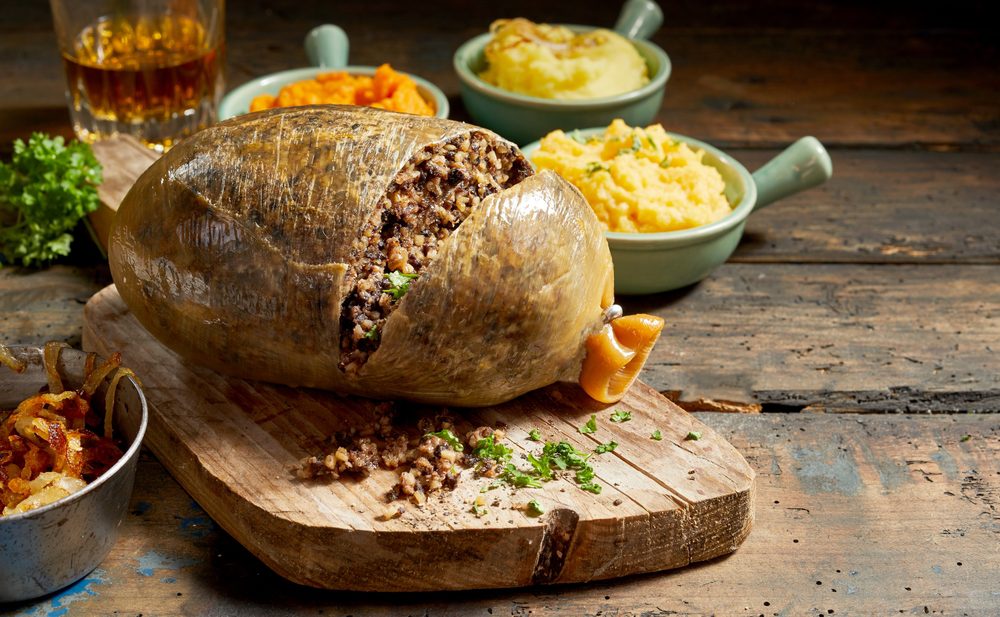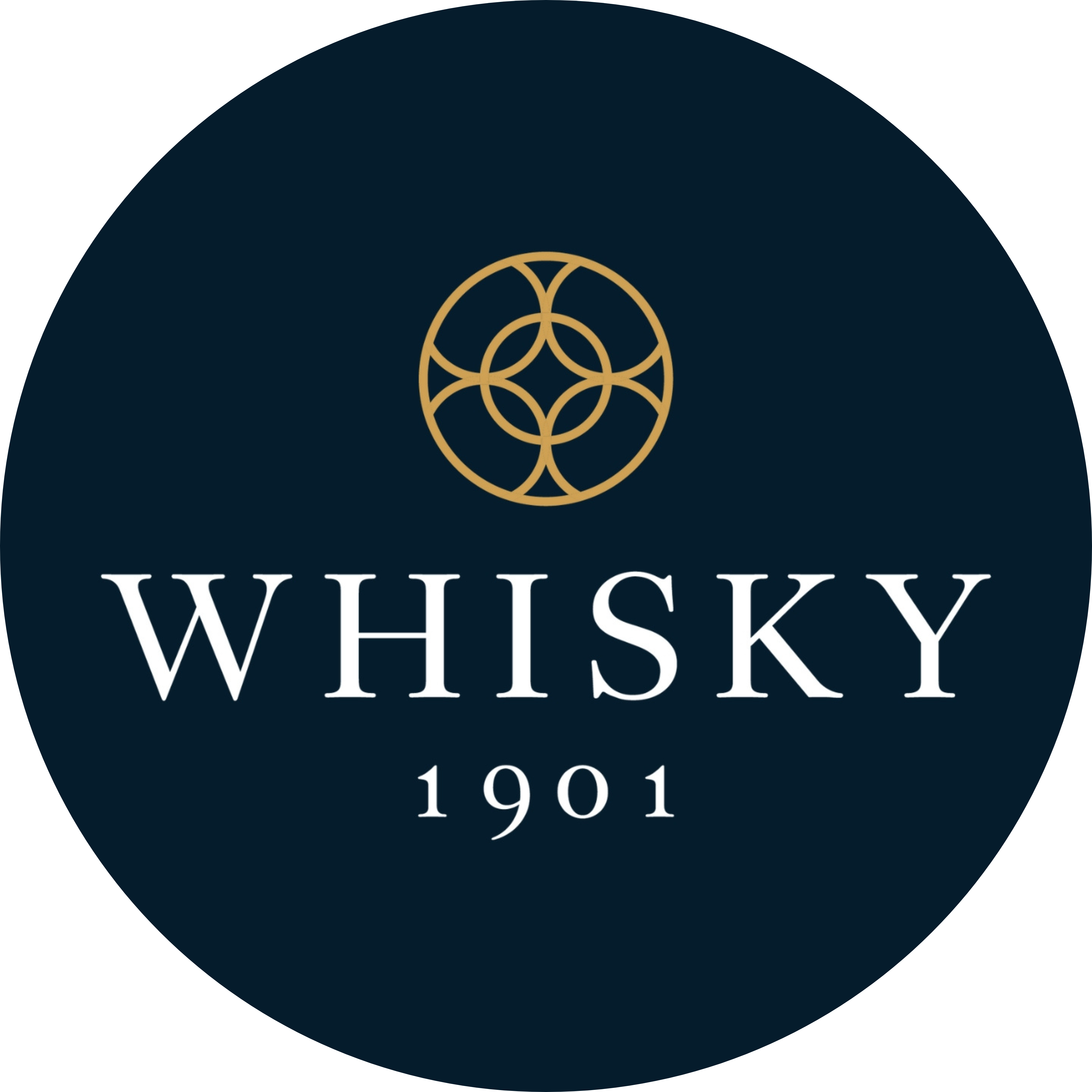The Origins
Burns Night is named after the renowned Scottish poet and wordsmith Robert Burns. He was a prolific writer in the late 1700s and penned famous works such as A Red, Red Rose, Tam o’ Shanter, To A Mouse and Auld Lang Syne, which is often sung to herald in the New Year.
Burns was born on January 25, 1759, in the village of Alloway, just south of Ayr. He lived his entire life in and around Ayrshire and Dumfries & Galloway, with the Alloway cottage where he was born now the Burns Cottage Museum. It was not just his poetry and writings that were prolific throughout his career – he was a well-documented ‘ladies’ man’ with several children born to several different women.
Burns died on July 21, 1796, in Dumfries and aged just 37. The nature of his death is unknown, although underlying health and heart issues are suspected. He is buried in St. Michael’s churchyard in Dumfries.
The first Burns Night is acknowledged as happening in 1801, less than five years after his death. A group of friends, contemporaries and family gathered in Alloway to celebrate Burns’ life and works on his birthday. The evening is said to have included much poetry reading and a haggis supper with copious amounts of whisky being consumed.
The Traditions
Several of the traditions surrounding Burns Night appear to stem from that original 1801 gathering. This grew each year until others began celebrating in separate events across Ayrshire and other parts of Scotland. It is now a major global event and a key one in the whisky calendar.
Scotch whisky sees a spike in sales each year around Burns Night. Many drams are poured and drunk at the end of January as a result. The traditional thing to do if you are having a gathering is to pop the cork of a fresh bottle and then throw that cork into the fire. Then you are set for the night. Try to find one from the Lowlands where Burns was from for extra points.
Another classic Burns Night accompaniment is the haggis supper. This consists of haggis, neeps and tatties (that’s swede and potato to those in the know), which is usually served with a whisky sauce. Around 85% of all haggis sales in the UK happen on or around Burns Night.
Naturally there is much reading of Burns’ poetry and works on Burns Night. This usually centres around his most well-known masterpieces, especially Address To A Haggis – this has become synonymous with the event and is traditionally read before the haggis supper is served. It’s an absolute classic and is especially evocative if spoken by a true Scotsman.





